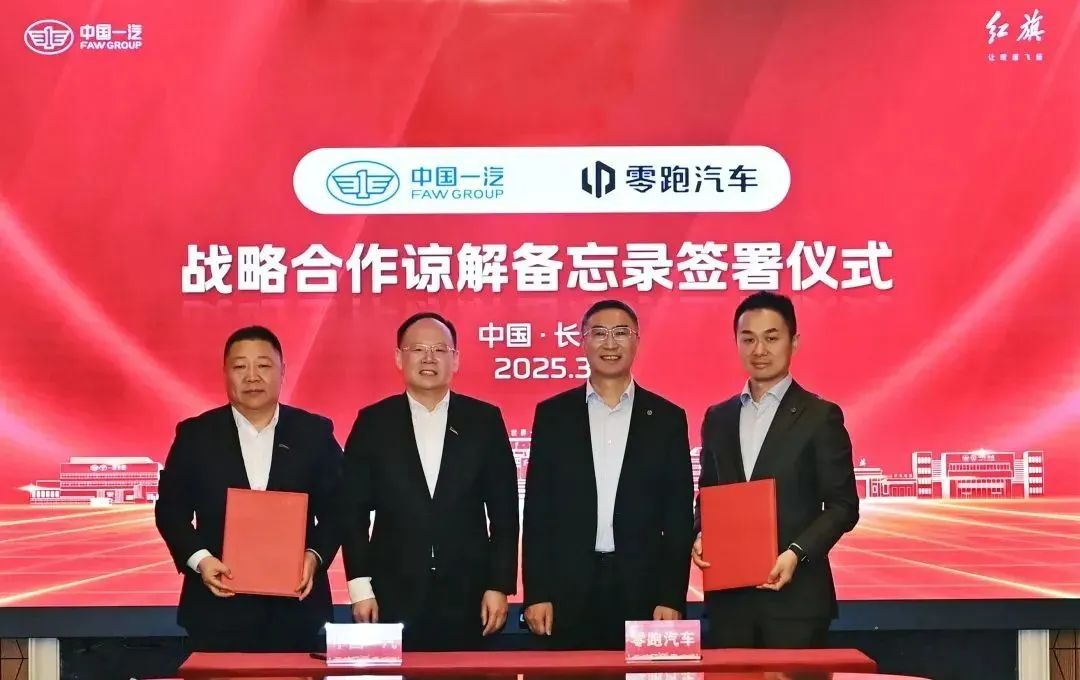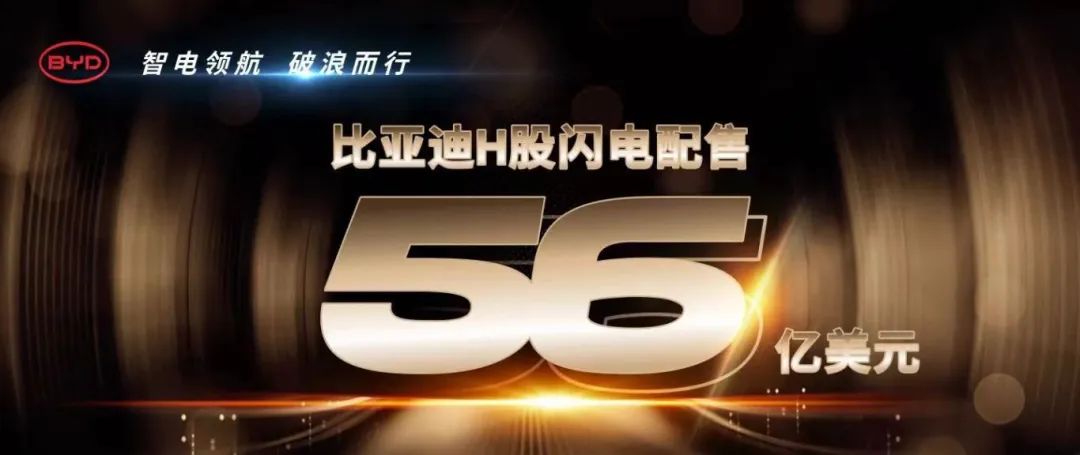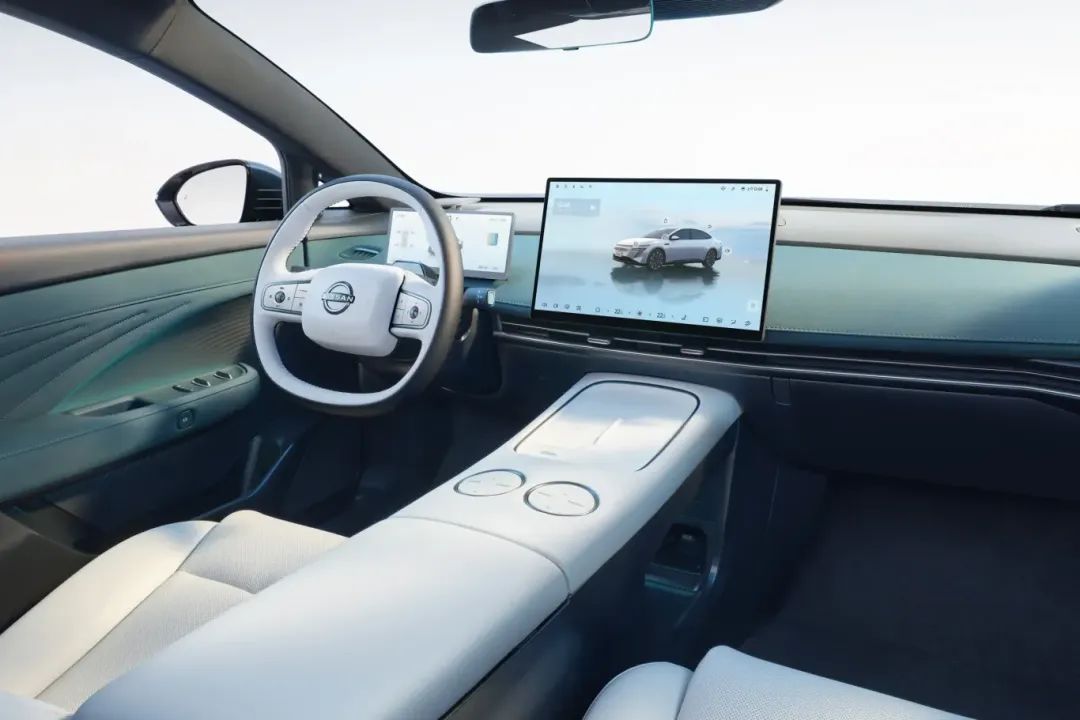"This Year's Chinese Auto Market: A Relentless Battle for Survival"
![]() 03/05 2025
03/05 2025
![]() 649
649
Introduction
In this pivotal clash, what truly counts is "stamina."
"Exhausted, utterly exhausted. One challenge piles on another, and overtime has become routine. Since returning from the Spring Festival break, weekends feel like a distant memory."
"Who isn't?"
"I thought it would ease up after enduring 2024, but now I realize I was overly optimistic."
"2025 is so fiercely competitive, it makes you want to curse."
This is no exaggeration. The conversation at the beginning of this article transpired just over the weekend, during a discussion with a friend in the automotive industry. Observing their faintly weary expression, I could fully grasp the immense pressure bearing down on them, draining them physically and mentally.
In contrast, as an automotive editor with six years of experience, I've witnessed countless events, both major and minor. But speaking rationally and objectively, I've never seen such intensity right at the dawn of a new cycle, with no breathing space whatsoever.
Breaking news, new car launches, product test drives... Almost daily, I'm inundated with a myriad of high-energy updates.
After aligning the experiences and sentiments of both parties, we arrived at a unified conclusion: "The Chinese auto market has officially entered a phase of decisive combat. Regardless of your role—whether it's an OEM, the media, or even suppliers—2025 will be the year that determines who stays at the table."
The situation is indeed fraught and severe.
The underlying reason for this is that, following the baptism of 2024, new energy vehicles undeniably occupy an absolute dominant position and the minds of end consumers. When the old order crumbles and new rules are attempted to be established, a complete reshaping of the landscape becomes inevitable.
To paraphrase, "The times have changed, my lord."
Precisely against this backdrop, price wars, value wars, public opinion wars, and brand wars—these previously somewhat alien "terms"—have swiftly become the mainstay of the Chinese auto market. Since the outset of 2025, they have even intensified.
From Tesla to BYD, to Geely, Changan, and numerous emerging automakers, traditional independent brands, including joint venture brands that are no longer in their prime, can be said to have all gone all in at the "gambling table".
The underlying message they convey is profound: "In this decisive battle, we can't afford to hold back. Even if we wager everything we have, I want to stay and secure a slice of the pie."
At this juncture, reflecting on the prediction made by Wang Xing, CEO of Meituan, back in 2020 regarding the final landscape of "3+3+3+3," while there are deviations, the general direction remains accurate.
In just over two months, closures, mergers, and suspensions are accelerating in the Chinese auto market, leaving little room for the weak to survive.
As the wave of electrification intensifies, industry resources continue to concentrate towards the top-tier players. Borrowing a phrase from a friend's circle, "The Chinese auto market in 2025 is making history every day."

Little did we know, several recent events have been particularly noteworthy.
First and foremost, it's undoubtedly the abrupt official announcement of a "handshake" between China FAW, the eldest son of the Republic, and Leapmotor, the dark horse among new automakers, with the signing of a "Strategic Cooperation Memorandum of Understanding."
At the execution level, it specifically divides into two dimensions: technology research and development, and capital.
Firstly, both parties will fully leverage their respective technical expertise in the realm of research and development to jointly undertake the joint development of new energy passenger vehicles and component collaboration, enhancing product competitiveness through the integration of their technologies.
Secondly, both parties will further explore the feasibility of deepening capital cooperation, enabling both to achieve full-industry chain resource synergy through capital collaboration.
Frankly speaking, considering the disparities in their identities, such mutual empowerment holds significant milestone significance. It also underscores that, regardless of who you are, in a new racetrack, you must embrace changes in the rules of the game.
What was once unthinkable is now becoming a reality.
Secondly, there's the move by "Big Devil" BYD.

According to its related announcement in Hong Kong stocks, it will issue placed shares at the placing price. Assuming all are sold, the total proceeds are expected to be approximately HK$43.509 billion. After deducting commissions and estimated expenses, the net proceeds from the placement are anticipated to be approximately HK$43.383 billion (approximately US$5.6 billion).
This scale represents not only the largest equity refinancing project in the global automotive industry over the past decade but also the largest flash placement project in the history of the global automotive industry and the second-largest flash placement project in the history of the Hong Kong market.
The announcement clarifies that this placement is primarily for BYD to further bolster its technological prowess, accelerate its overseas expansion, and further diversify BYD's shareholder base by attracting the participation of numerous high-quality institutional investors in the placement.
In simpler terms, this substantial amount of funds will be utilized "where it is most needed." As for BYD's fundamental objective, it remains to fully expand its leading edge, particularly by increasing sales contributions from overseas markets.
As an observer, I must say, "It's still the same old story—when the leader possesses more abundant resources, the Chinese auto market is poised to face an even greater tempest. In 2025, BYD will undoubtedly stir up monumental waves with a near-saturation offensive."
Consequently, what other competitors can do is merely to actively follow suit or choose to concede defeat. The entire market is intensifying repeatedly.
Certainly, such a scenario also elucidates why joint venture brands are facing numerous challenges.
In the era of traditional fuel vehicles, they had the capital to comfortably earn profits by resting on their laurels, wielding the power to define products and set prices. But in the era of new energy vehicles, everything has been upended. Compared to the fierce competition from independent brands, it's immediately evident who the weaker party is.
At this juncture, joint venture brands should comprehend that "in order to avoid elimination from the Chinese auto market, they must learn to bend and bow in all aspects, humbly accept the empowerment of high-quality resources, and perhaps they can still make a difference."
Fortunately, it's reassuring to witness changes in some players.
Take the recently unveiled Nissan N7 as an example. Who would have anticipated that a Japanese B-segment pure electric sedan, besides maintaining the comfort orientation of a "big sofa" and a decent appearance and interior, would astonish with its intelligent cockpit equipped with a Snapdragon 8295 chip. Additionally, for intelligent driving, it has chosen to collaborate with Momenta, adopting a single NVIDIA Orin-X chip and a pure camera-based solution to enable functions such as highway NOA, urban NOA, and full-scenario intelligent parking.

If the final selling price is somewhat aggressive, Nissan's N7, as a model tailored for China, may no longer be deemed "cannon fodder."
From this perspective to the broader landscape, thanks to its sufficiently large capacity and demand, joint venture brands in China are not entirely devoid of opportunities. Indeed, it's difficult for elephants to turn around, but it's merely "difficult," not "impossible."
In fact, the choice of which path to take still lies in their own hands.
As I conclude this article, I'm gradually approaching the end. If I had to encapsulate it in one sentence, the title of this article is my answer.
"This year's Chinese auto market offers no respite, only suffocation."
From the product side to the marketing side, to the market side, to the media side, and even to the supply chain, almost no one is spared. There are even voices that believe, "In the era of electrification, the automotive industry has become so fiercely competitive that it has been distorted."
Regarding similar viewpoints, I emotionally resonate with them. But standing on a rational perspective, I can't help but ponder, "Is there any solution?"
If the situation cannot be altered, we can only grit our teeth and endure. After all, in this decisive battle, with the enemy at the gates, what truly matters is "stamina"...







